Gravel Grinder News: Shimano Debuts First Dedicated Gravel Road Group- by Guitar Ted
Editor’s Note: All images and information courtesy of Shimano Corporation
[adrotate group=”4″]
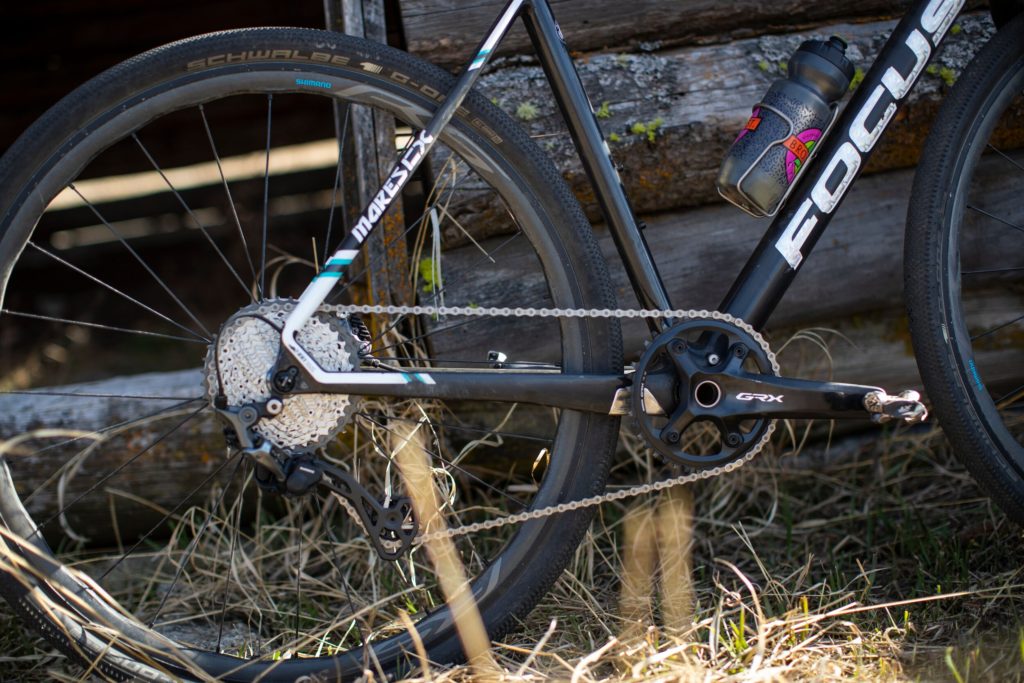
Shimano has announced a new component series specifically designed for gravel and adventure riding called “GRX”. This is a significant moment in bicycling history, akin to when Shimano introduced the first dedicated mountain bike group in the early 1980’s. I’ll touch upon why this is a time marking moment in another post. Here we will deal with the product and the technical features that stood out to me as I looked at this group of components.
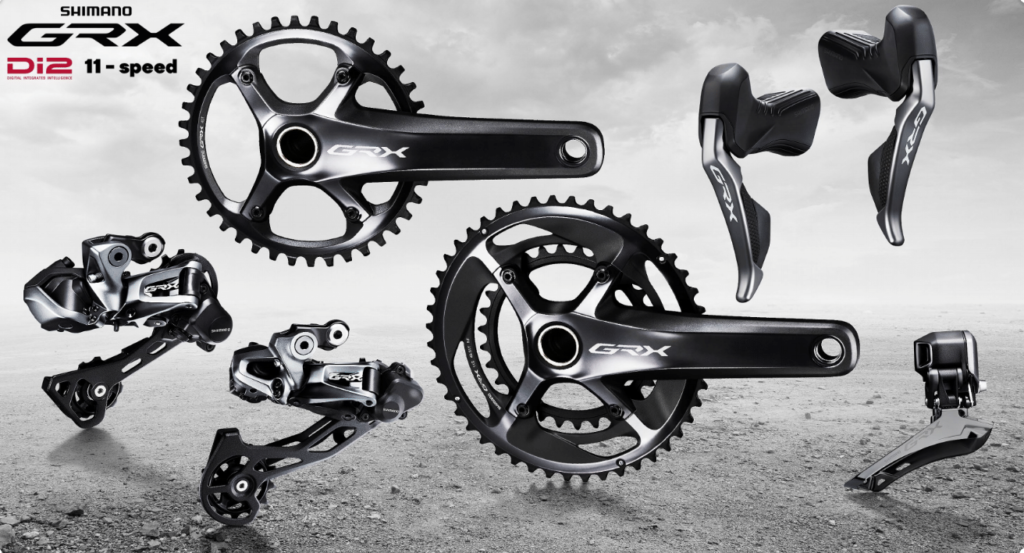
There are three main things to consider here when looking at this new roll out of GRX. The compatibility, the ergonomics, and the gearing options.
Compatibility: Unlike some Shimano debuts, this new addition of the GRX components doesn’t mean you will have to toss out the old to enjoy some of the benefits of GRX. For instance, there is no new free hub body, as with the new XTR, so you don’t have to get new wheels. There is compatibility with current 11 and 10 speed chains and cassettes, so you don’t have to buy an ultra-expensive cassette, or a special chain. You can even just grab the GRX derailleur and shift it with your current Ultegra levers, even Di2 ones, (if you are running Di2, obviously) . So, this makes the group sort of an ala carte affair, if that’s how you want to approach it. There also is a level of GRX shifters and crank sets just below the flagship 800 series components called 600 Series which is a way that riders can get the same performance level but spend less money. The down side is that the 600 Series parts weigh more.
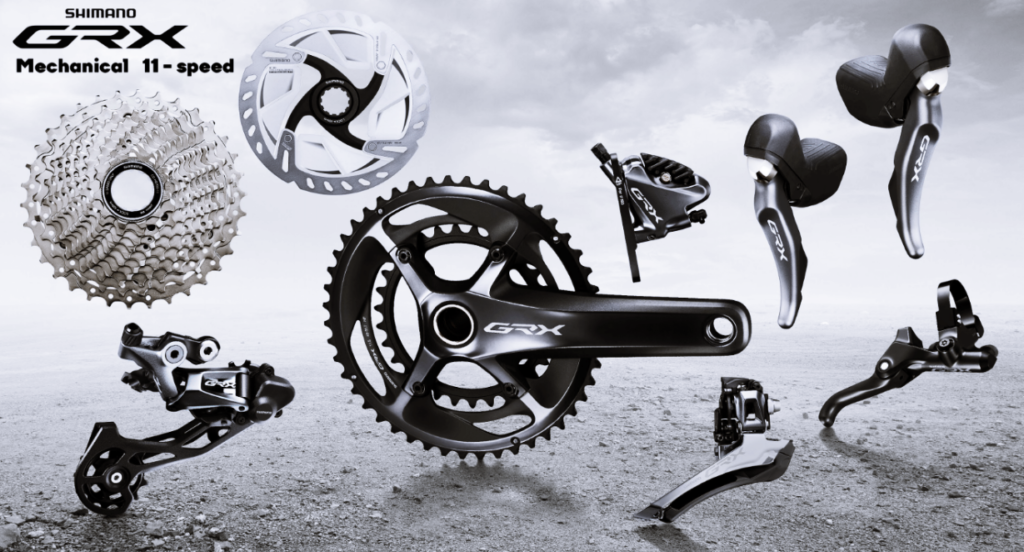
There are some things you cannot do. For instance, Shimano recommends you use their GRX front derailleurs with the new GRX crank sets because the derailleur curvatures are specific to the crank rings. Older Shimano front derailleurs will not shift correctly with the new crank sets. Not only that, but the chain line for GRX is outboard from standard road components by 2.5mm to clear the wider rear tires gravel bikes use, clear the frames wider stance for the same reasons, and to allow designers to utilize shorter chain stays. (Seems familiar to what we heard about Boost for MTB ) The result being that the standard crank sets would not work with the new front derailleurs and vice versa- old front derailleurs won’t work with the new cranks.
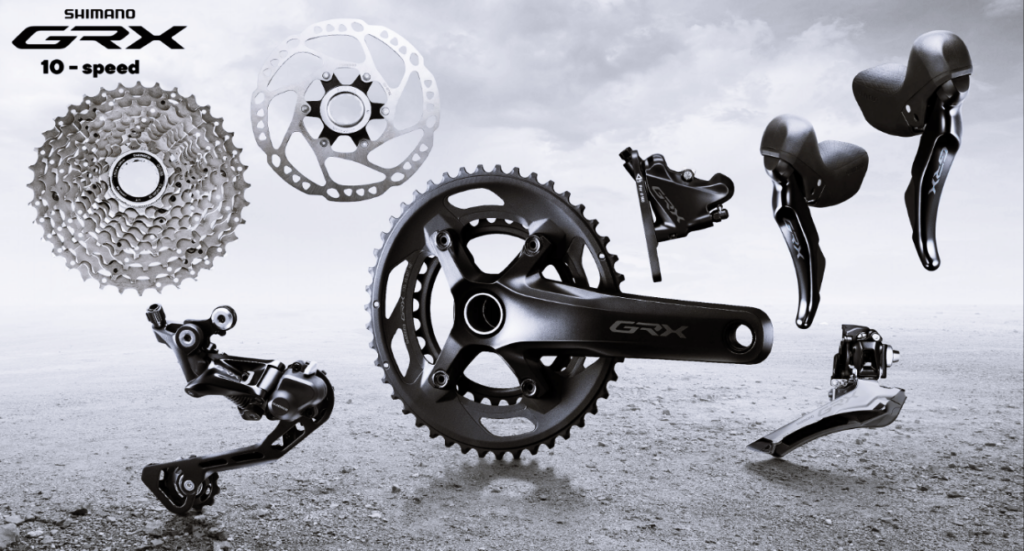
Ergonomics: Shimano has made a ground up new brake/shift lever design for the GRX group in the 800 Di2 series. The Di2 800 Series levers are completely different than anything seen before with a shorter, slightly broader blade which has been textured for a better purchase on the lever in wet conditions. There is also an ergonomic notch for the thumb. The hoods on the 800 series were tweaked based upon feedback from gravel riders. The idea being that when riders are fatigued, they tend to ride on the hoods, but keeping your hands there on rougher terrain might be difficult. So, Shimano contoured the hood to prevent hands slipping off the front and heavily textured the hoods for better purchase in severe conditions or over rough terrain.
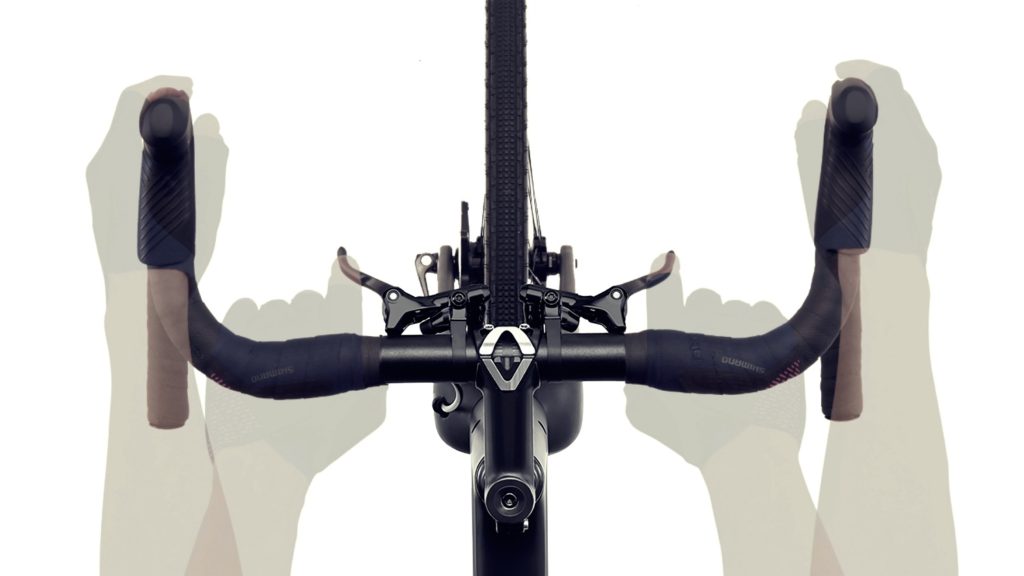
Shimano also addressed braking in two significant ways. First, the lever pivot was raised on the 800 Series Di2 levers by 18mm from the previous road groups so braking from the hoods is easier due to better leverage. Then, in an industry first, Shimano made hydraulic in-line “cyclo-cross” style levers so riders could access brakes from the bar in several positions. It should be noted that the 600 Series levers are basically very similar in the hoods to current hydraulic levers and that the pivot point remains similar to currently offered levers for braking. The textured hood and lever surface and broader/shorter blade are new here though. One would think, given Shimano’s penchant for trickling down technologies, that eventually the new hood shape and higher brake pivot placement will come down to mechanical and 600 Series components in the future, but for now, it is exclusive to the 800 Series Di2 levers.
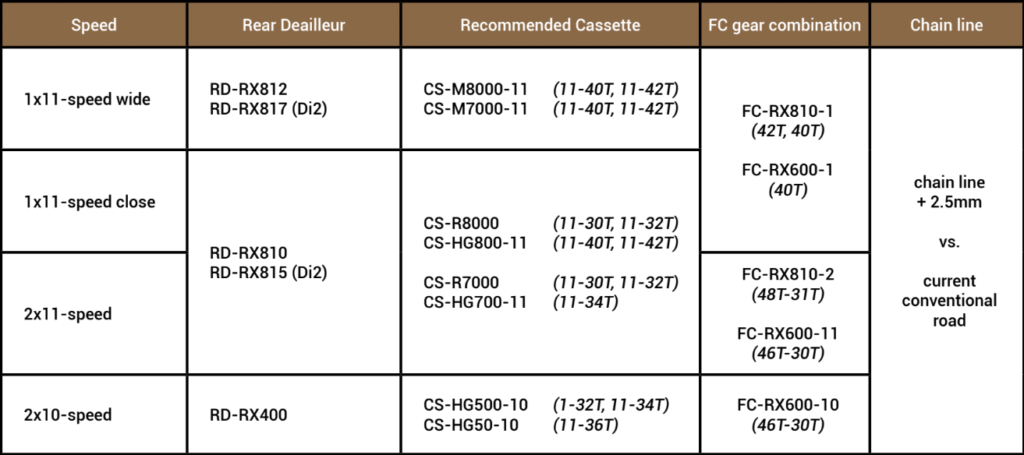
Finally, Shimano offers a 1X option so they made a specific, 1X left lever that is only for braking. Not only that, but they also have a left lever for activating a dropper post, as long as that dropper has a “cable head at the lever” design. Interestingly, the “dummy” left lever still pivots inward slightly so it won’t break off in the event of a crash.
Gearing: Obviously, the big story is the crank gearing options. Along with the 1X options Shimano has re-imagined its 2X offerings with GRX. Shimano has developed its widest chain ring differential in its history for crank sets with a 48/31T in the 800 series. The 1X option comes in a 40T or 42T option for chain rings. Both crank sets are HollowTech II design and come in a variety of lengths. The 600 Series crank sets are fitted with 46/30T rings while the 1X 600 Series crank is only offered in a 40T for now. These are also HollowTech II design.
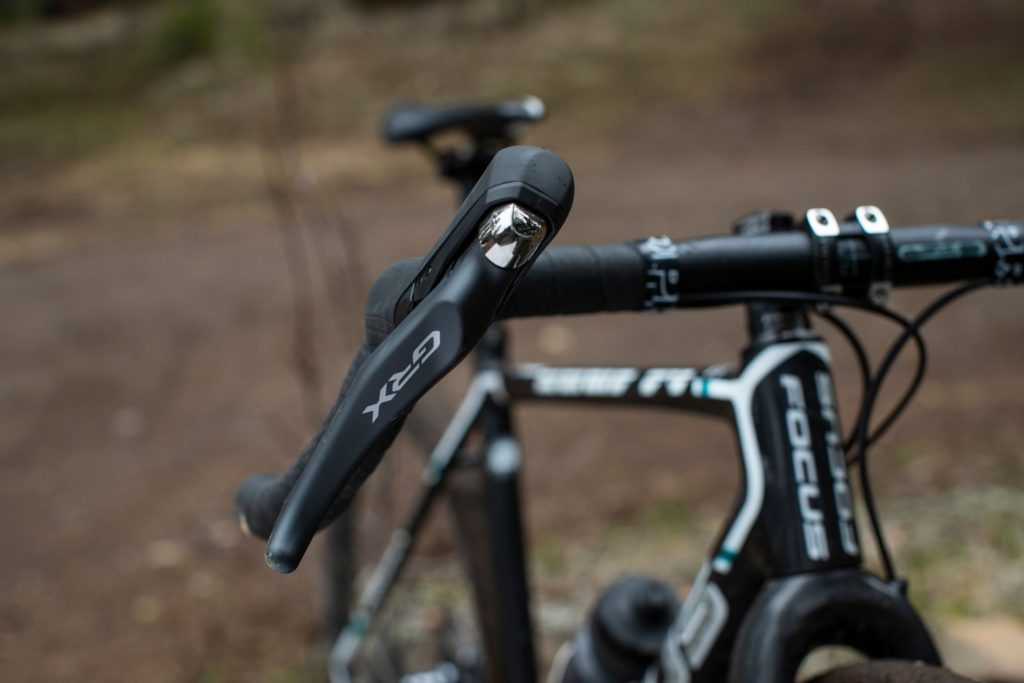
| Shift Lever | ST-RX600 (left) | RX600 2×11-speed left shift/brake lever | $204 .99 | RX600 | 11 |
| Shift Lever | ST-RX600 (right) | RX600 11-speed left shift/brake lever | $204.99 | RX 600 | 11 |
| Shift Lever | ST-RX810 (left) | RX810 2×11-speed mechanical left shift/brake lever | $269.99 | RX 800 | 11 |
| Shift Lever | ST-RX810 (right) | RX815 11-speed mechanical right shift/brake leverC43 | $269.99 | RX 800 | 11 |
| Shift Lever | ST-RX815 (left) | RX810 2×11-speed Di2 left shift/ brake lever | $269.99 | RX 800 | 11 |
| Shift Lever | ST-RX815 (right) | RX815 11-speed Di2 right shift/ brake lever | $269.99 | RX 800 | 11 |
Riders can choose the 2X and a closer ratio cassette, say an 11/34T, and when matched with the appropriate short cage GRX derailleur, they will get a couple ratios under 1 to 1. Shimano says that the 11-34T cassette is recommended for the 48/31T crank set for the lowest ratio on the 2X crank. However, the current 11-40T and 11-42t cassettes do work for the 1X GRX crank set. Rear derailleurs are offered in short or long cage in Di2 or mechanical formats. Prices on rear 11 speed GRX derailleurs are below. All are USD.
| Rear Der | RD-RX810 | RX810 2×11-speed mechanical rear derailleur | $111.99 | RX 800 | 11 |
| Rear Der | RD-RX812 | RX812 1×11-speed mechanical rear derailleur C17 | $113.99 | RX 800 | 11 |
| Rear | RD-RX815 | RX815 2×11-speed Di2 rear derailleur | $286.99 | RX 800 | 11 |
| Rear | RD-RX817 | RX817 1×11-speed Di2 rear derailleur | $319.99 | RX 800 | 11 |
While the 11 speed offerings are extensive and cover a lot of ground, Shimano didn’t leave out those on a budget. There is a RX600 Series crank in 10 speed offered which has similar specs as far as gearing to the 600 series minus the 1X option. (Obviously, anyone wanting 1X 10 could simply get the 600 Series 1X crank set and make it work. Also worth noting here is that GRX 800 series cranks are convertible from 2X to 1X) The rest of the suite is called RX400 and there is a brake caliper set, a front and rear derailleur, and an ST-RX400 brake/shift lever in hydraulic format only. These levers get the updated lever with the textured surface and weigh in at 613 grams. Levers which are priced with calipers will run $269.99 USD each, front or rear. Shift/Brake levers separate from calipers will run $164.99 each, front or rear.
Crnk | FC-RX600-10 | RX600 2×10-speed crank with chainrings | $129.99 | RX 600 | 10 |
| Crnk | FC-RX600-1 | RX600 1×11-speed crank with chainring | $146.99 | RX 600 | 11 |
| Crnk | FC-RX600-11 | RX600 2×11-speed crank with chainringsC7 | $146.99 | RX 600 | 11 |
| Crnk | FC-RX810-1 | RX810 1×11-speed crank with chainrings | $224.99 | RX 800 | 11 |
Crnk | FC-RX810-2 | RX810 2×11-speed crank with chainrings | $224.99 | RX 800 | 11 |
The 10 speed RX-400 crank, a 46/30T, can be paired with cassettes ranging from 11-32, 11-34, or 11-36 for a wide range of gearing options. The 2 X 10 RX-400 crank set will retail for $129.99 USD
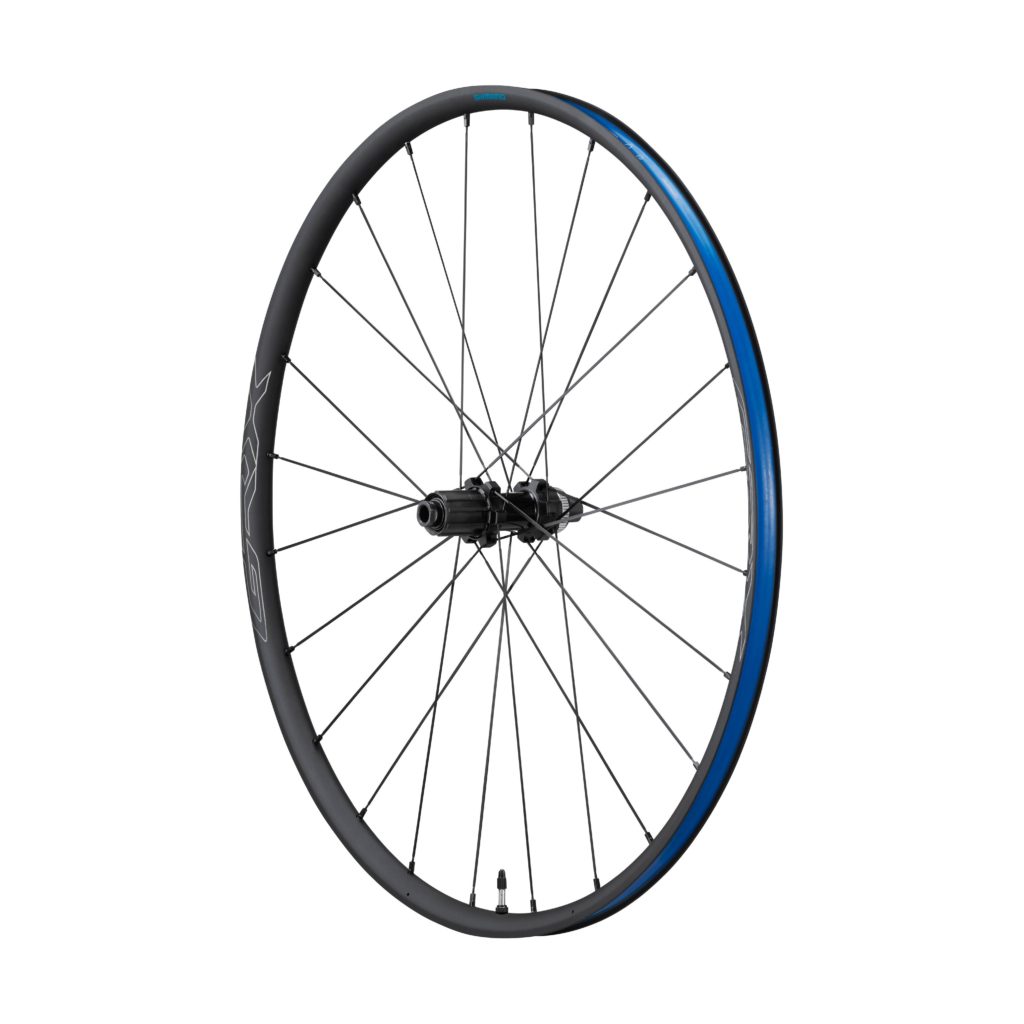
GRX Wheel Set: The GRX component group also features a new wheel set from Shimano in the WH-RX570 wheels which have a tubeless ready, 21.6mm internal rim width and will be 12mm through axle compatible only. Look for 650B and 700c options here. Retail pricing on the wheel set is set at $419.99 USD.
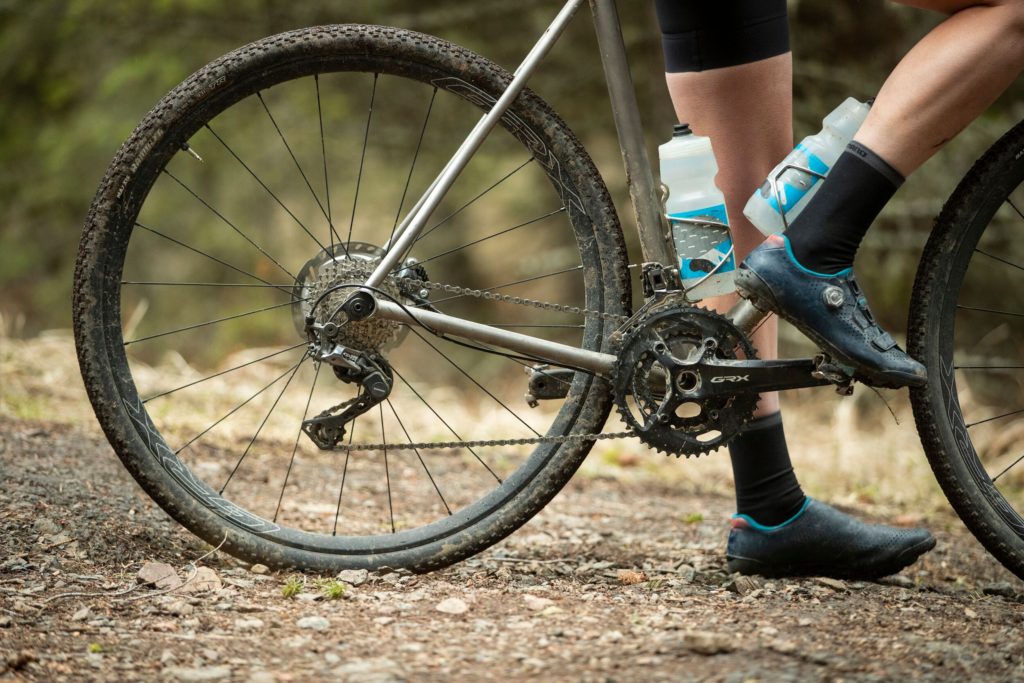
Finally, it should be noted that GRX is a totally new component group offering for 2020 model year. Shimano sees this as separate from MTB and Road offerings, while drawing its inspiration from both. Shimano has been working on this GRX group for some time saying that they have conducted a “…multi-year global market study, product testing and development process,…” So, this has been in the works, in typical Shimano style, for at least a few years. The GRX components will start showing up aftermarket in their mechanical group 1 X 11 and 2 X 11 guise along about July with the Di2 bits showing up scheduled in August for now. September should see the release of the sub-levers and dropper post actuation lever. We expect to see OEM models with GRX components showing up in the Summer and Fall as well.
Note: A separate reaction post will be up tomorrow. Thank you to Shimano North America, Nick Legan, Kristen Legan, and Dave Lawrence.


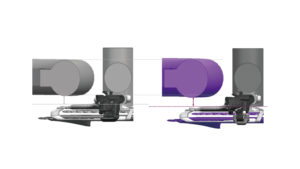
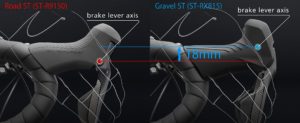

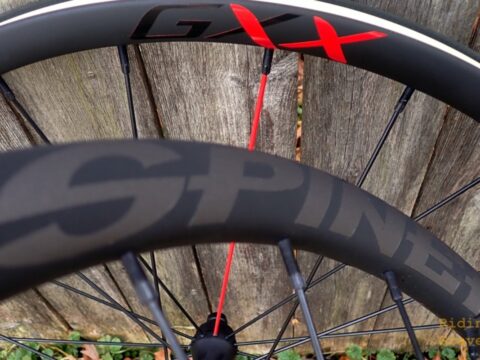
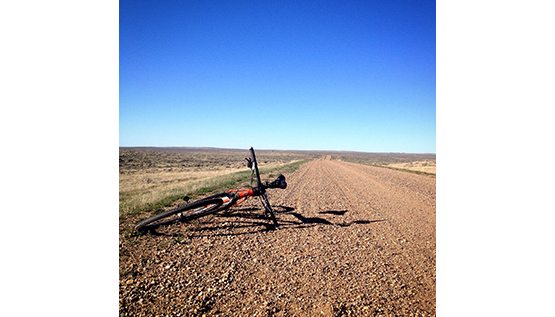

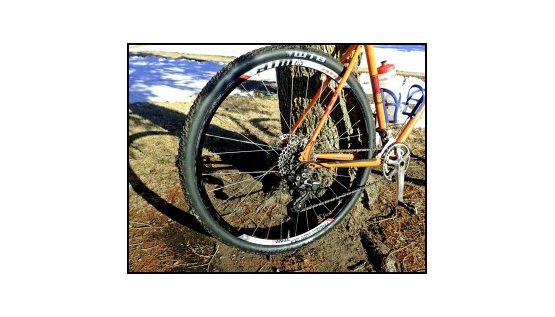

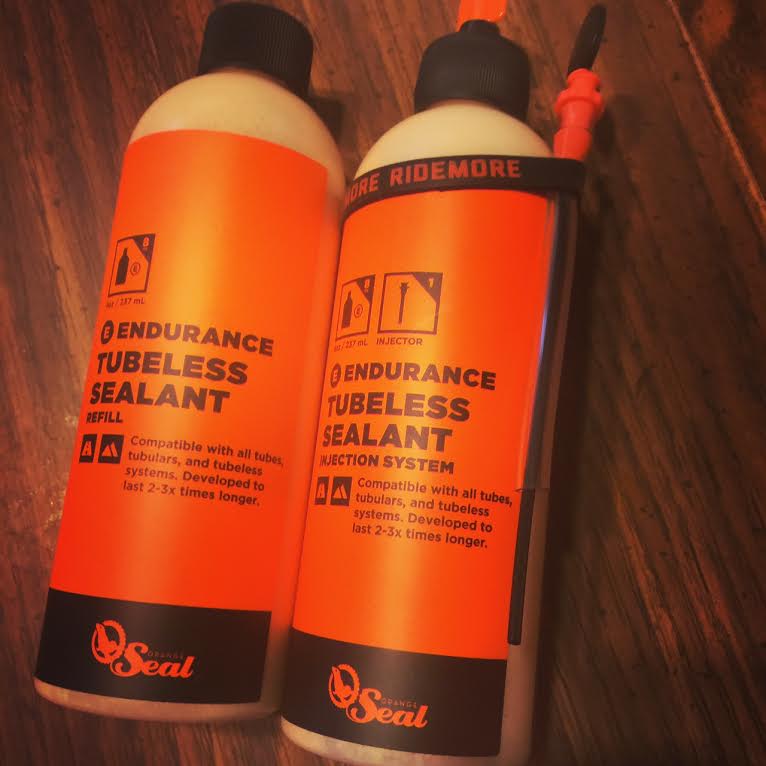


I think this is a step in the right direction, for sure. I like the new gear ratios and combinations, the re-use of HTII, and the compatibility with their current road equipment which many of us already have. I would think that since they are now able to go down to a 30T inner ring (with presumably a 110BCD big ring), more chainring options will be made available in the future, and maybe even some more cassettes (11-36T 11s?). I would also expect to see these combinations on a lot of OEM “all-road/endurance road” builds, and maybe some touring bikes as well.
You could use the 11-36 SRAM option here.
“This is a significant moment in bicycling history…”
It reminds me somewhat of the excitement in the firearms industry when Smith&Wesson released the mighty .44 magnum.
Suddenly, everyone had to have a copy and back orders took a long time to clear.
Let”s hope Shimano is able to meet production demand.
I think in the short run they will meet production demand, but still demand will be stronger than forecasted. I hope this works through their system pretty quick actually. Some comments:
1.) Would really like to see shorter crank lenghts on the 800 level, currently 170 is the shortest crank.
2.) Would really like to see the 46/30 crank at the 800 level.
3.) On the Shimano website, under GRX componentry also a 11-46 cassette is given, while in the official derailleur settings it’s not given as an option, perhaps there will be any update on that?
4.) Would be great to use the long cage derailleur (here specified for 11-40 or 11-42) use with the 11-46 as well as the 11-34. I suspect going with 11-46 is not a problem as it’s only 4 more teeth on the cogs, and in the past Shimano rear derailleurs could also do that very easily. However, how about using a 11-34 cassette as well with that same long-cage derailleur?
My ideal set-up would be to use a 165mm GRX-800 46/30 crankset an switch between a 11-34 cassette on-road to a 11-40/42/46 cassette off-road.
Given current options though I would opt for a 165 GRX-600 with a long-cage derailleur, working with 11-40/42 while likely also with 11-46 and 11-34.
I agree cranks shorter than 170 are important, but think 167.5 is more important than 165. As someone that has ridden 165, 167.5, 170, and 172.5 I would not use 165 for unpaved riding. IMHO the extra 2.5 mm of 167.5 makes a big difference in torque. Uneven bumpy terrain makes it difficult to spin quickly, which is the only way to generate power with 165 cranks. All component manufacturers are ignoring customers with shorter leg lengths, which is a very large percentage of female customers. FSA already has a 48/32 crankset, but they too spit on riders requiring crank lengths shorter than 170 mm